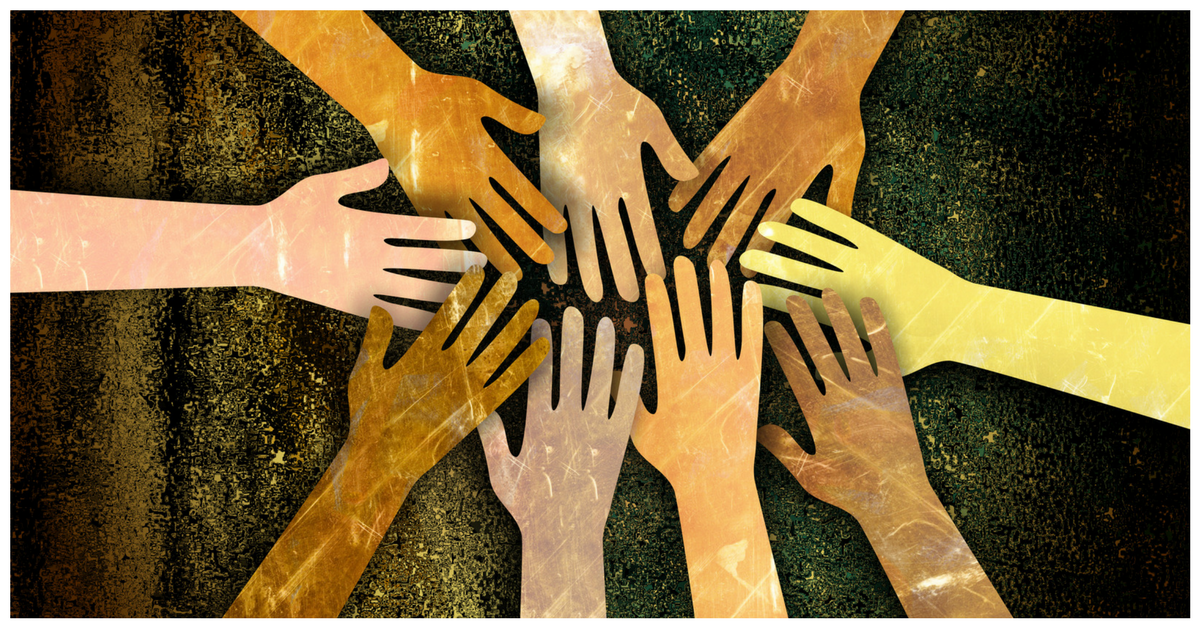Toward Picturing A Shared Human History In Our History Curriculum

Just over two years ago, I was in my final year of university at King’s College London studying History. Fast forward two years later, and I have recently completed the TeachFirst Leadership Development programme where I have been fast tracked into the classroom in a North London secondary school, actively using research informed practice to shape my teaching day in and day out.
If asked during my first two years at university if I would have considered teaching as a career, I quickly dismissed the thought as I grew a deeply held belief that teaching History at secondary school served to only shape singular narratives about Britain’s greatness on the world stage. I was horrified that on entering university, so many stories had been untold by my history education at school. I was disappointed, and often shocked at how the dark sides of Britain’s past during the glory years of WW2 were skipped over. For example, why was it that I was never taught about the Amritsar massacre, or the shifts to Britain’s decolonisation in 1947? That was a monumental event in Britain’s history connected with the globe, and explains legacies which our current world feels the ripple effects of today. Eventually, these thoughts at the back of my mind grew into an action. Reflecting on these inconsistencies from outside the classroom would only get me so far. In order to understand and think of evidence solutions to how we can diversify curriculums, it was vital to be inside the classroom.
I entered teaching after reflecting that the most powerful way to action change on a wider scale is not from outside the classroom, but within. My own perception of change rests on the fact our curriculum in History is in fast need of diversity in all forms. The stories of the marginalised, looked over and traditionally non-powerful have been relegated to the side-lines and told in snippets. For our shared human history to encompass the true diversity of our experiences, it is vital that historical curriculums across the country reflect the makeup of their classrooms, which all too well act as microcosms into society.
Two and a bit years into my teaching experience, and I have been inspired by the actions of teachers in History to action change within our curriculums to reflect diverse narratives. There is wide scale acceptance that our History curriculum in Britain has traditionally been a story that only reflects a certain experience. The shift to diversify our history curriculum to encompass themes of gender, disability and race throughout time are a welcome sign that I hope to see further develop in the coming years.
For those of us who are historical educators, we know all too well in the civic duty History has in creating narratives that allow students to reflect on the past. Ultimately, this facilitates making sense of their individual position in the present. For educators to speak and embed learning about our shared history, including peace and conflict about the past between groups, we widen room for discussion within our curriculums to inspire all students about their present.
The next step for us as historical educators is to action this change consistently in our day-to-day practice. For me, this takes the form of planning sections of lessons to use questioning to bring in diverse topics in even the most ‘traditional’ units of work. In my practice as a tutor, this involves having the room to discuss ideas with students about wider structures at play during certain historical topics. Tutees come away with having thought about ideas ‘outside the box’ and begin to patch together events that once seem unconnected.
Once we begin to address history as a collective journey of a shared, global past, we begin to make sense of our positions in the present.
Fariha is a history and sociology tutor with Newman Tuition. To book a lesson with her, or one of our other excellent tutors, please call us on 020 3198 8006, email us at he***@**************co.uk, or complete the form on the ‘Contact Us’ page.